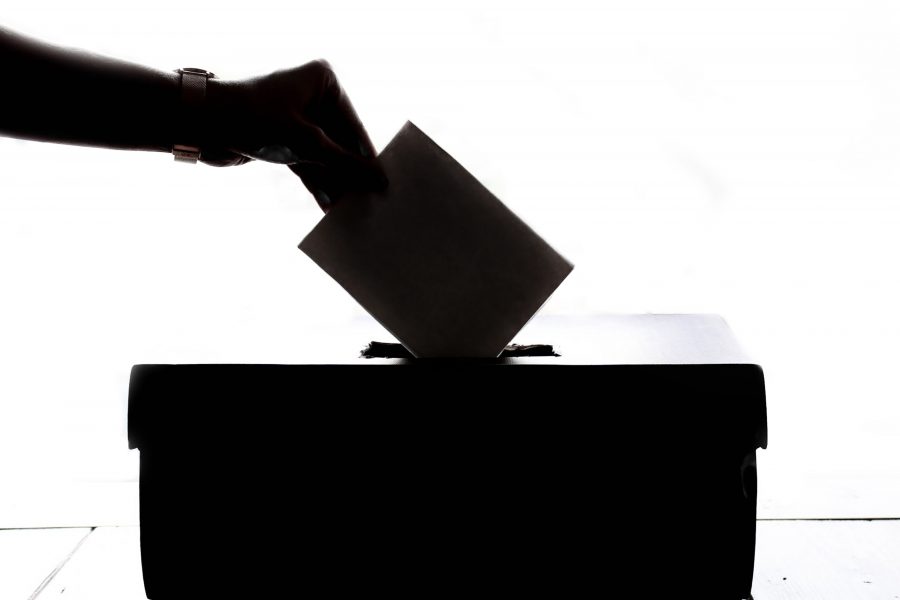As the Brexit crisis continues, many have expressed astonishment that the Labour Party has not (yet) been able to build up a substantial lead in voting intention polls. Their surprise is understandable – the government’s handling of Brexit is rated extremely poorly by the public, yet the governing party doesn’t appear to be paying much of an electoral penalty.
Polls continue to show little change in relative support for the two main parties as compared with the Conservatives’ 2.5-point popular vote win in 2017. Historically, opposition parties – even those that have gone on to lose – have been well ahead in the polls in mid-term.
To be sure, changes in polling methodology have clearly dampened volatility and the “mid term blues” effect. But even so, crises ought intuitively to have some effect. So how much of a penalty should governments pay in times of crisis?
What counts as a crisis is of course a judgement call to some extent, but the following historical examples should give an indication of what sort of impact is “normal”. Firstly, consider economic crises, whether a recession or some other form of embarrassment, such as an official currency devaluation. The source for the polling data here is Mark Pack’s Pollbase.
Recessions have had varying effects – the 1973-74 recession saw a 6 per cent swing to Labour, while the 1975 recession saw a lot of volatility but no discernible overall swing. Likewise the 1956 recession saw an extremely small one (with the subsequent Suez crisis seeing about a 5 per cent swing to Labour). Other recessions have been somewhere between the two.
Sometimes it can be tricky to be precise about the chronology of economic drivers of opinion, because recessions have often been accompanied by other negative economic trends (such as high unemployment) that may matter in their own right.
Likewise, non-economic events can intervene alongside economic ones. In 1990, as the economy was worsening, John Major took over as Prime Minister and enjoyed a polling honeymoon, followed shortly by the Gulf War. The respective impacts of this set of events is difficult to disentangle solely from headline poll numbers.
And as the financial crisis began in 2008, with the Conservatives already ahead following the election that never was, David Cameron increased his lead from 10 points to 20 points – a 5 per cent swing. Interestingly, Labour’s polling began to improve well before the economy did, but Gordon Brown’s party then lagged the Conservatives continuously until the 2010 election.
Economic embarrassments besides real contractions in output matter too. The Sterling devaluation of 1967 was followed by a swing of about 8 per cent away from the government of the day (a swing mirrored almost perfectly following Black Wednesday 25 years later). Although Labour eventually made up lost ground by the 1970 election, the devaluation may well have been on voters’ minds ahead of the poll, when poor trade figures preceded a decisive late swing to Ted Heath (although other economic data may have played a part too).
The winter of discontent from 1978-79 saw a 9 per cent swing to the Tories, although it’s notable that Labour only lost the 1979 election by 7 points, suggesting that the polls may have overshot on that occasion.
The miners’ strike of 1984-85 saw swings in voting intention in both directions, though by the end it was pretty much where it had started, with the Tories and Labour closely matched, although by the end both had lost a few points of support to the Liberal/SDP Alliance.
The fuel crisis in 2000 saw swing of about 7 per cent to the opposition.
The 1992-97 parliament is perhaps the most intuitive comparison to the present situation, because its obvious similarities – a Conservative government without a reliable majority locked in a series of bitter internal rows over Europe. How much did that hurt them?
Following the ERM debacle, the Tories were already about 13 points behind Labour in the polls – the margin by which they lost the 1997 election. By May 1994, that gap had increased to 21 points – the bigger moves happened later as Tony Blair ascended to the Labour leadership.
The maximum impact of Maastricht would therefore have been about a 4 per cent swing, though even that may be the top end, given that we are comparing the middle of a parliament to a point only six months from the start, over which period would would expect a swing against the government.
Past crises have rarely had as much impact as commonly assumed. None of those analysed above had a swing exceeding 10 per cent, most had far less, and some had no discernible impact at all.
Returning to the present, polls show similar levels of support for the two main parties, which represents little change from the 2017 election, or a swing of up to 4 per cent against the Conservatives compared with their peak in February (depending on the exact reference point).
That Labour hasn’t benefited to a greater extent from the government’s Brexit woes probably reflects the fact that it too is rated poorly on the issue of the day, as well as on the perennially predictive variables of leadership and the economy.
But it probably also reflects the fact that the impact of political and economic crises is often more nuanced than is commonly recalled.







